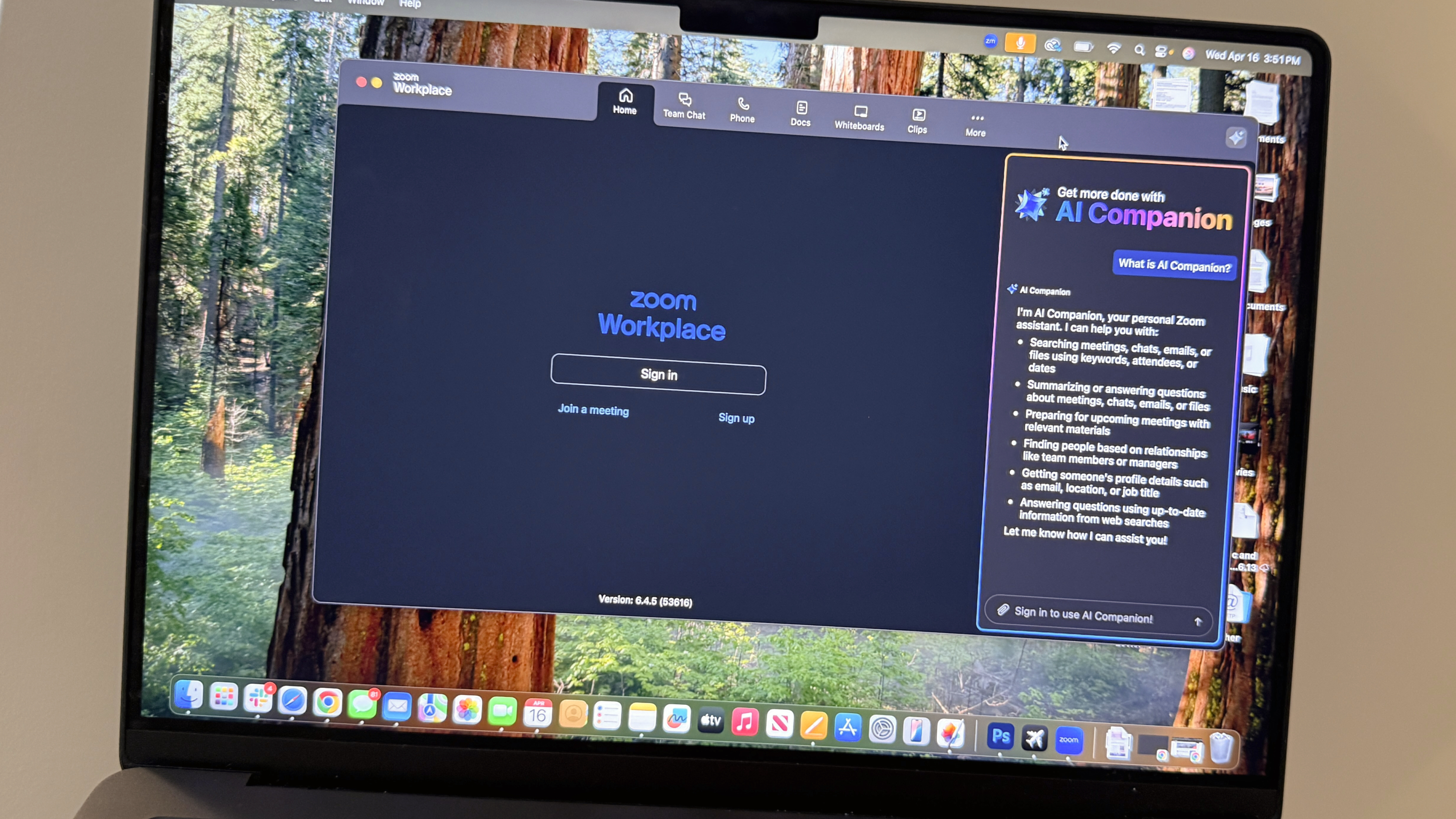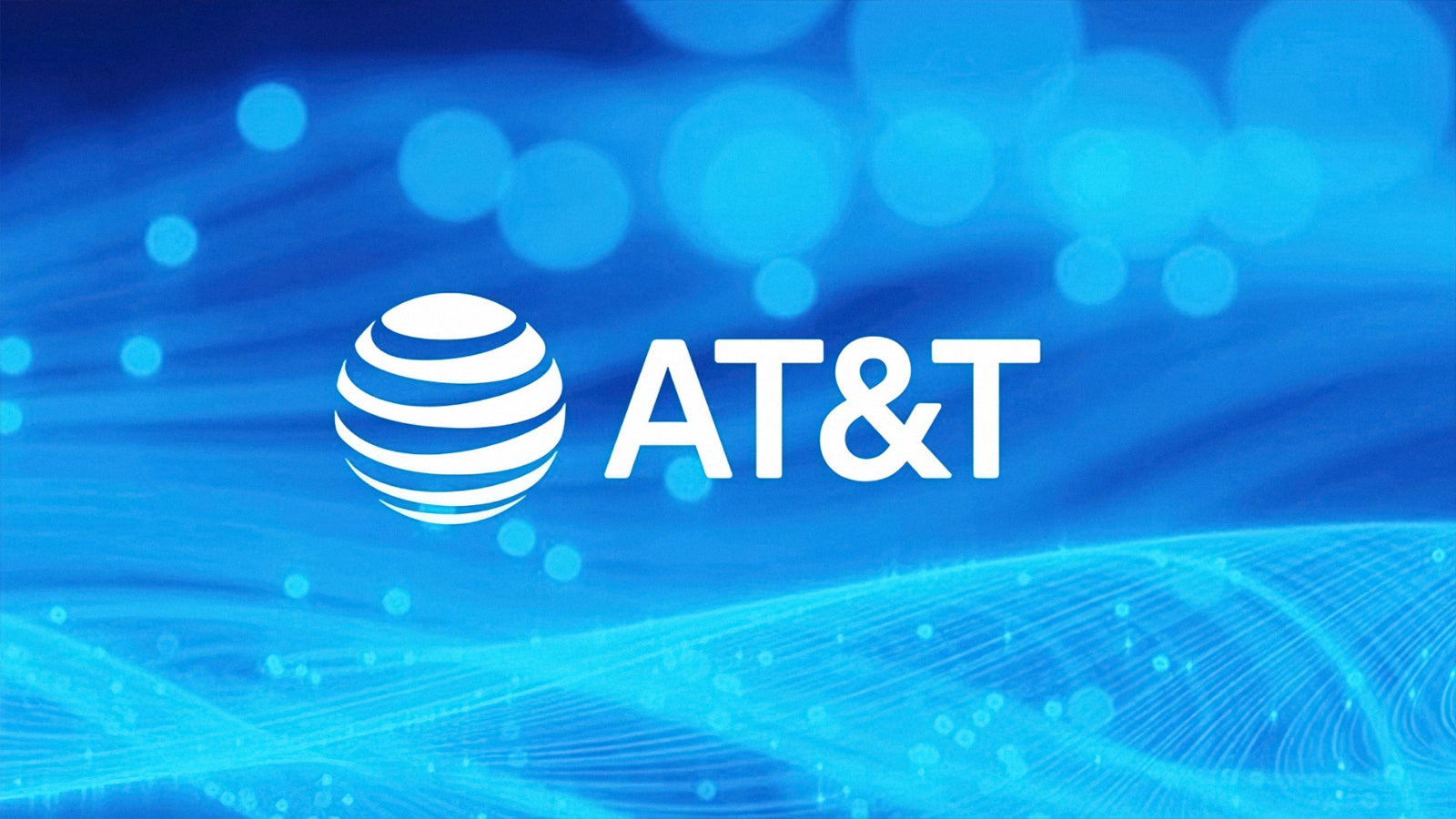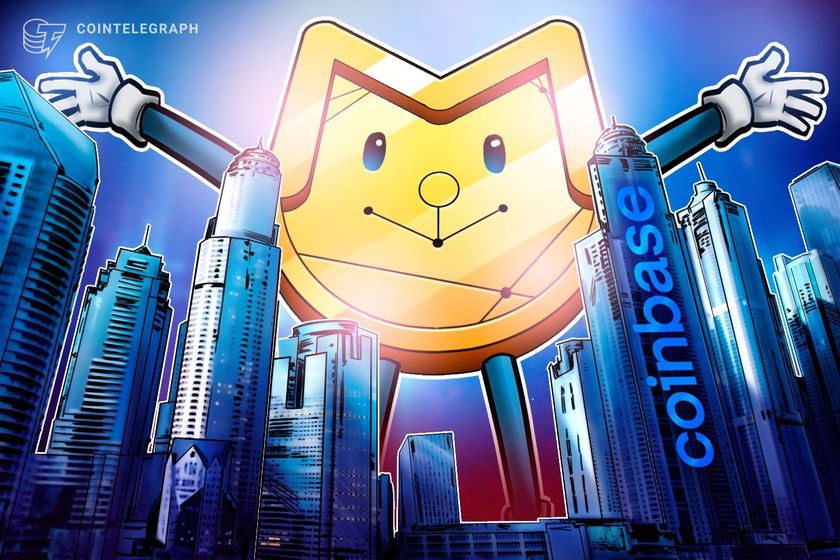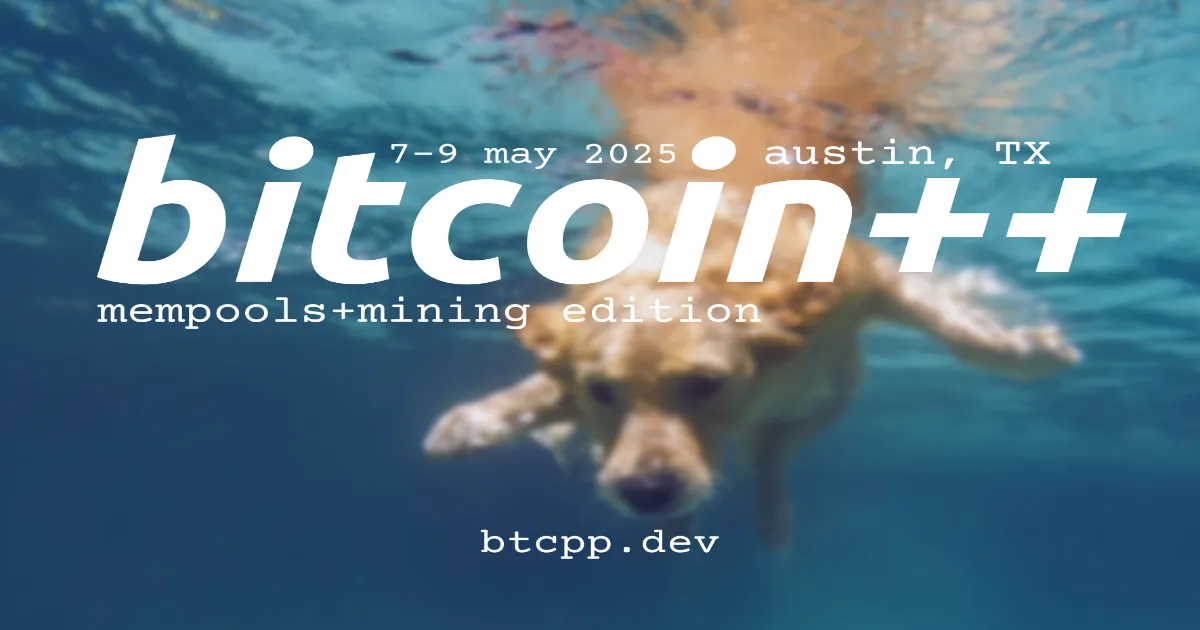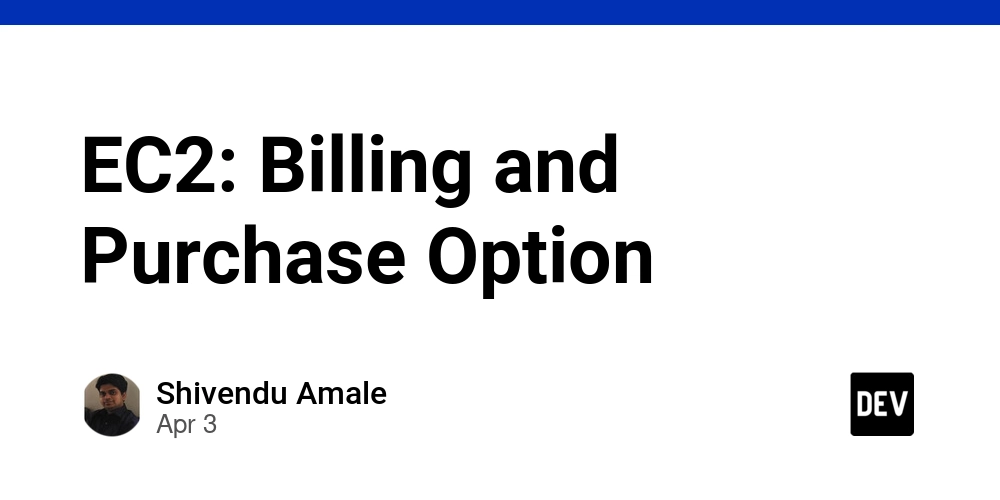TaleForge Dev Log #0: The Spark
OG post on my blog. I’ve started working on a book, which for me means scribbling notes in a notebook and recording quick audio memos whenever inspiration strikes. But what happens when you try to find that crucial plot idea you jotted down months ago? It’s like searching for a needle in a haystack. That’s why I thought about TaleForge—an AI-powered tool for writers who need to transform scattered, messy ideas into structured character sheets, locations, and story arcs. A Weekend Experiment Turned Project It all started on a weekend when I decided to see if AI could help me wrangle my chaotic story ideas. I played around with OCR (Optical Character Recognition) and some AI magic and tested it on the back of a random book. When the AI produced a surprisingly detailed and accurate summary, I realized: This might be the perfect solution for authors like me. After a couple of days experimenting with code, ChatGPT, and Lovable.dev, I saw the makings of a solid MVP. That’s when I thought: “Hey, other writers might find this useful, too!” So I did a quick feasibility check on the business side, found there might be a market, and decided to keep going. First Glimpse at the UI Below is a sneak peek of how TaleForge is shaping up, focusing on organizing story details. You can see how it structures character information, from personality traits to goals and motivations—all in one convenient place: {{< image_unsized src="homepage.png" alt="First iteration of the UI.">}} An early look at TaleForge’s interface, designed to help writers manage their characters. I’m now on vacation, which luckily lines up perfectly with my desire to push TaleForge forward. Even though I work full time, I’m devoting these days off to ironing out features and preparing for a beta launch. The goal is to gather feedback from fellow writers and see if TaleForge is a tool that might actually work. Expenses vs. Gains (So Far) I’m a big fan of transparency, so here’s the running log of expenses vs. gains. Spoiler: no income yet, but this table shows the real costs behind building an AI-driven writing tool. Item Cost OpenAI API $6.10 Lovable.dev (MVP) $20.00 ChatGPT $25.00 Total $51.10 Gains: -$51.10 (for now!) The Pricing Conundrum I haven’t pinned down a final pricing structure for TaleForge. AI usage means relying on third-party providers, and I don’t want to lose money on every writer who signs up. Balancing affordability for authors with my own budget constraints is tricky. My plan is to keep costs minimal, launch a beta, and see how writers actually use it. Then I’ll refine the model to ensure it’s sustainable. What’s Next Beta Launch: I’m aiming to release a beta ASAP to gather real-world feedback from fellow writers. Refinements & Features: Ongoing polish to the UI and more AI-driven features to help with story arcs, locations, and character backstories. Pricing Strategy: Once I see how the beta goes, I’ll figure out the best way to keep TaleForge affordable yet sustainable. That’s it for Dev Log #0! Thanks for following along. I’m excited (and a bit nervous) to see how TaleForge evolves. Stay tuned for future updates, where I’ll share lessons learned, new features, and hopefully some success stories from early adopters who are ready to level up their writing process.

OG post on my blog.
I’ve started working on a book, which for me means scribbling notes in a notebook and recording quick audio memos whenever inspiration strikes. But what happens when you try to find that crucial plot idea you jotted down months ago? It’s like searching for a needle in a haystack. That’s why I thought about TaleForge—an AI-powered tool for writers who need to transform scattered, messy ideas into structured character sheets, locations, and story arcs.
A Weekend Experiment Turned Project
It all started on a weekend when I decided to see if AI could help me wrangle my chaotic story ideas. I played around with OCR (Optical Character Recognition) and some AI magic and tested it on the back of a random book. When the AI produced a surprisingly detailed and accurate summary, I realized: This might be the perfect solution for authors like me.
After a couple of days experimenting with code, ChatGPT, and Lovable.dev, I saw the makings of a solid MVP. That’s when I thought: “Hey, other writers might find this useful, too!” So I did a quick feasibility check on the business side, found there might be a market, and decided to keep going.
First Glimpse at the UI
Below is a sneak peek of how TaleForge is shaping up, focusing on organizing story details. You can see how it structures character information, from personality traits to goals and motivations—all in one convenient place:
{{< image_unsized src="homepage.png" alt="First iteration of the UI.">}}
An early look at TaleForge’s interface, designed to help writers manage their characters.
I’m now on vacation, which luckily lines up perfectly with my desire to push TaleForge forward. Even though I work full time, I’m devoting these days off to ironing out features and preparing for a beta launch. The goal is to gather feedback from fellow writers and see if TaleForge is a tool that might actually work.
Expenses vs. Gains (So Far)
I’m a big fan of transparency, so here’s the running log of expenses vs. gains. Spoiler: no income yet, but this table shows the real costs behind building an AI-driven writing tool.
| Item | Cost |
|---|---|
| OpenAI API | $6.10 |
| Lovable.dev (MVP) | $20.00 |
| ChatGPT | $25.00 |
| Total | $51.10 |
Gains: -$51.10 (for now!)
The Pricing Conundrum
I haven’t pinned down a final pricing structure for TaleForge. AI usage means relying on third-party providers, and I don’t want to lose money on every writer who signs up. Balancing affordability for authors with my own budget constraints is tricky. My plan is to keep costs minimal, launch a beta, and see how writers actually use it. Then I’ll refine the model to ensure it’s sustainable.
What’s Next
- Beta Launch: I’m aiming to release a beta ASAP to gather real-world feedback from fellow writers.
- Refinements & Features: Ongoing polish to the UI and more AI-driven features to help with story arcs, locations, and character backstories.
- Pricing Strategy: Once I see how the beta goes, I’ll figure out the best way to keep TaleForge affordable yet sustainable.
That’s it for Dev Log #0! Thanks for following along. I’m excited (and a bit nervous) to see how TaleForge evolves. Stay tuned for future updates, where I’ll share lessons learned, new features, and hopefully some success stories from early adopters who are ready to level up their writing process.















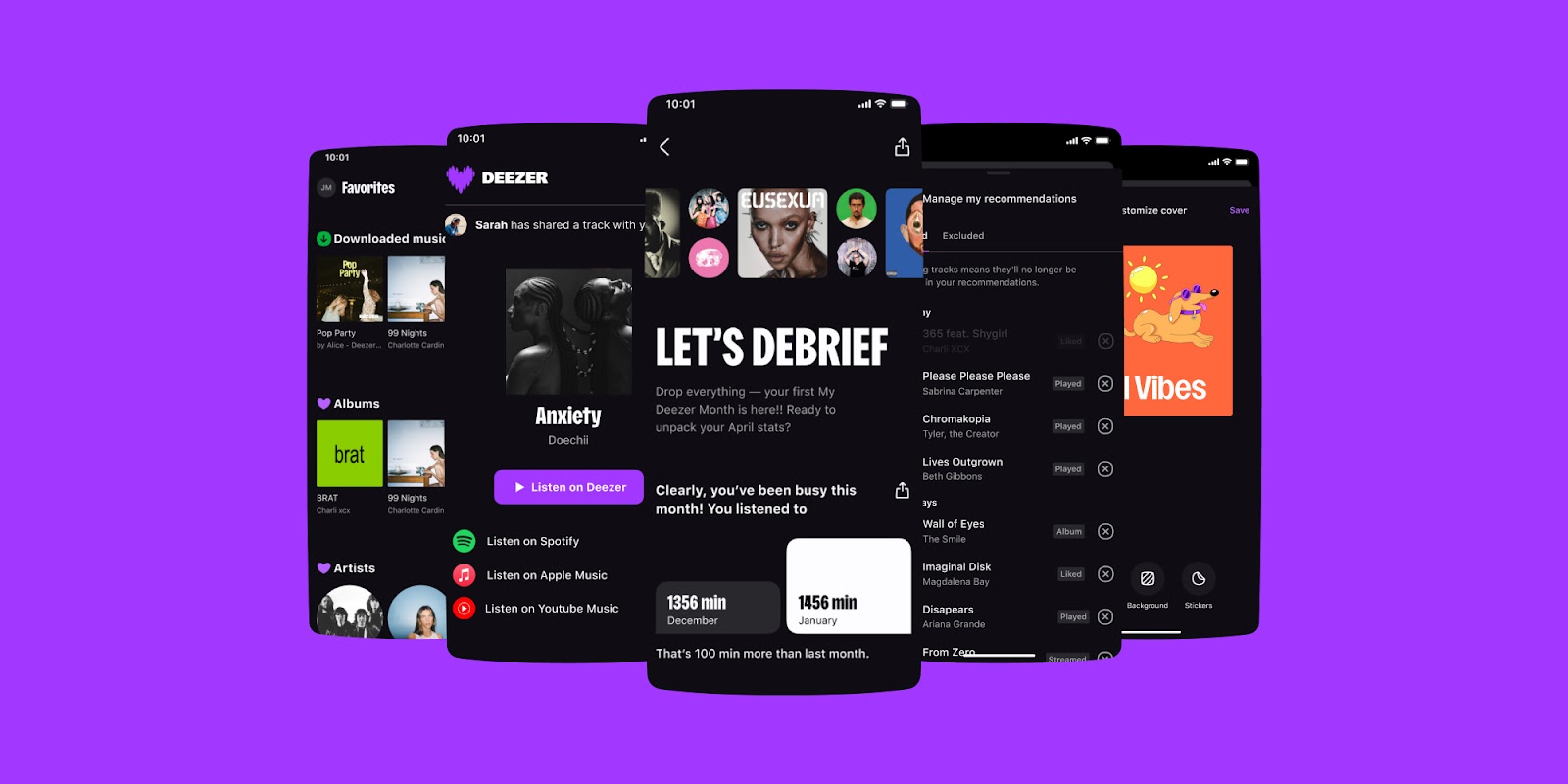
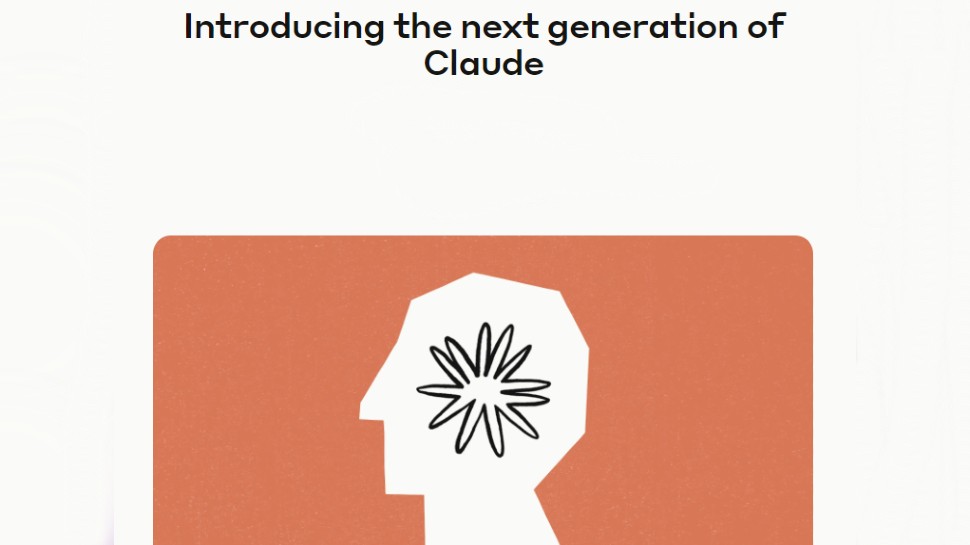
















































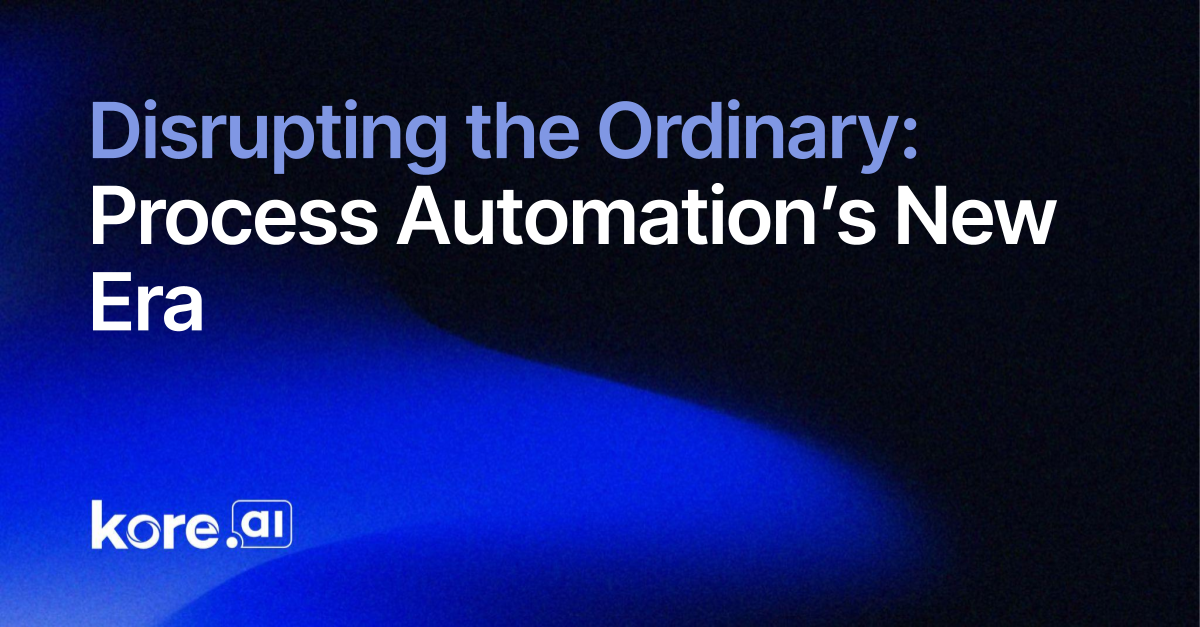





































































































![[The AI Show Episode 144]: ChatGPT’s New Memory, Shopify CEO’s Leaked “AI First” Memo, Google Cloud Next Releases, o3 and o4-mini Coming Soon & Llama 4’s Rocky Launch](https://www.marketingaiinstitute.com/hubfs/ep%20144%20cover.png)





































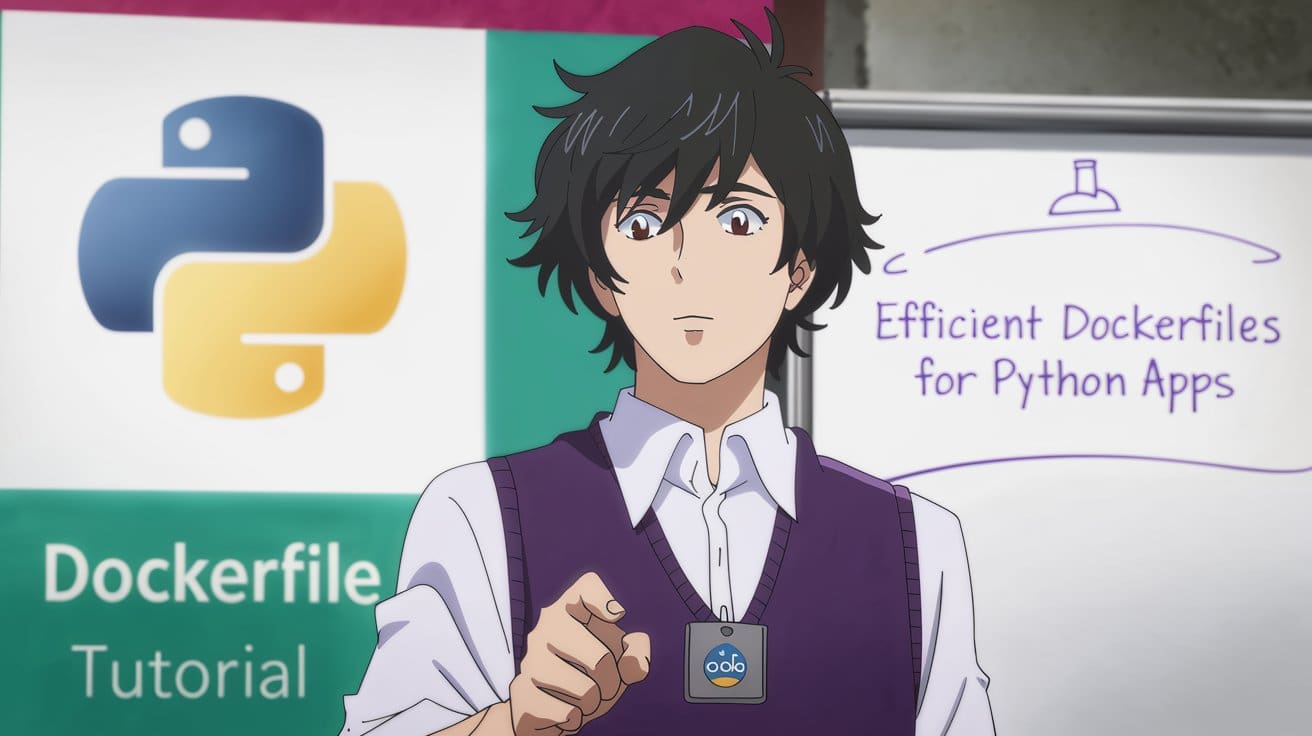









































































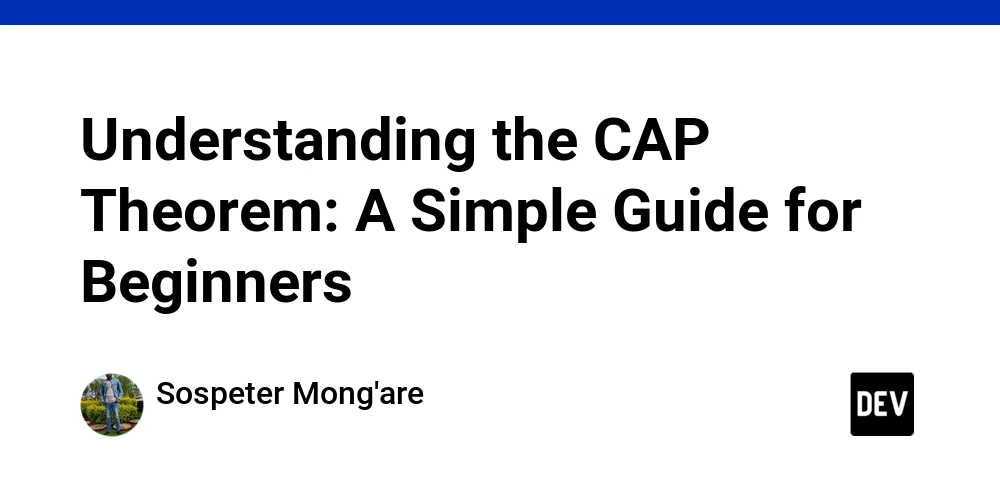

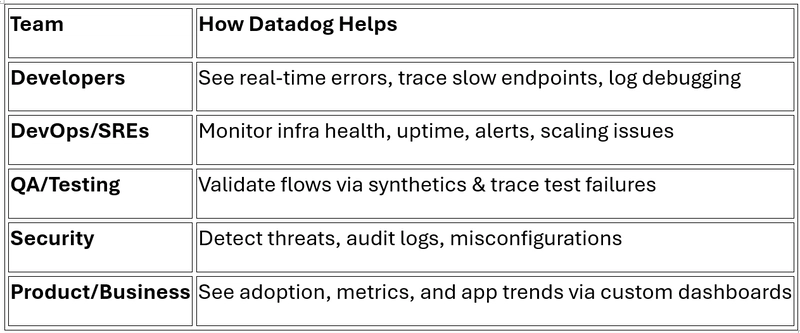



















































































![GrandChase tier list of the best characters available [April 2025]](https://media.pocketgamer.com/artwork/na-33057-1637756796/grandchase-ios-android-3rd-anniversary.jpg?#)










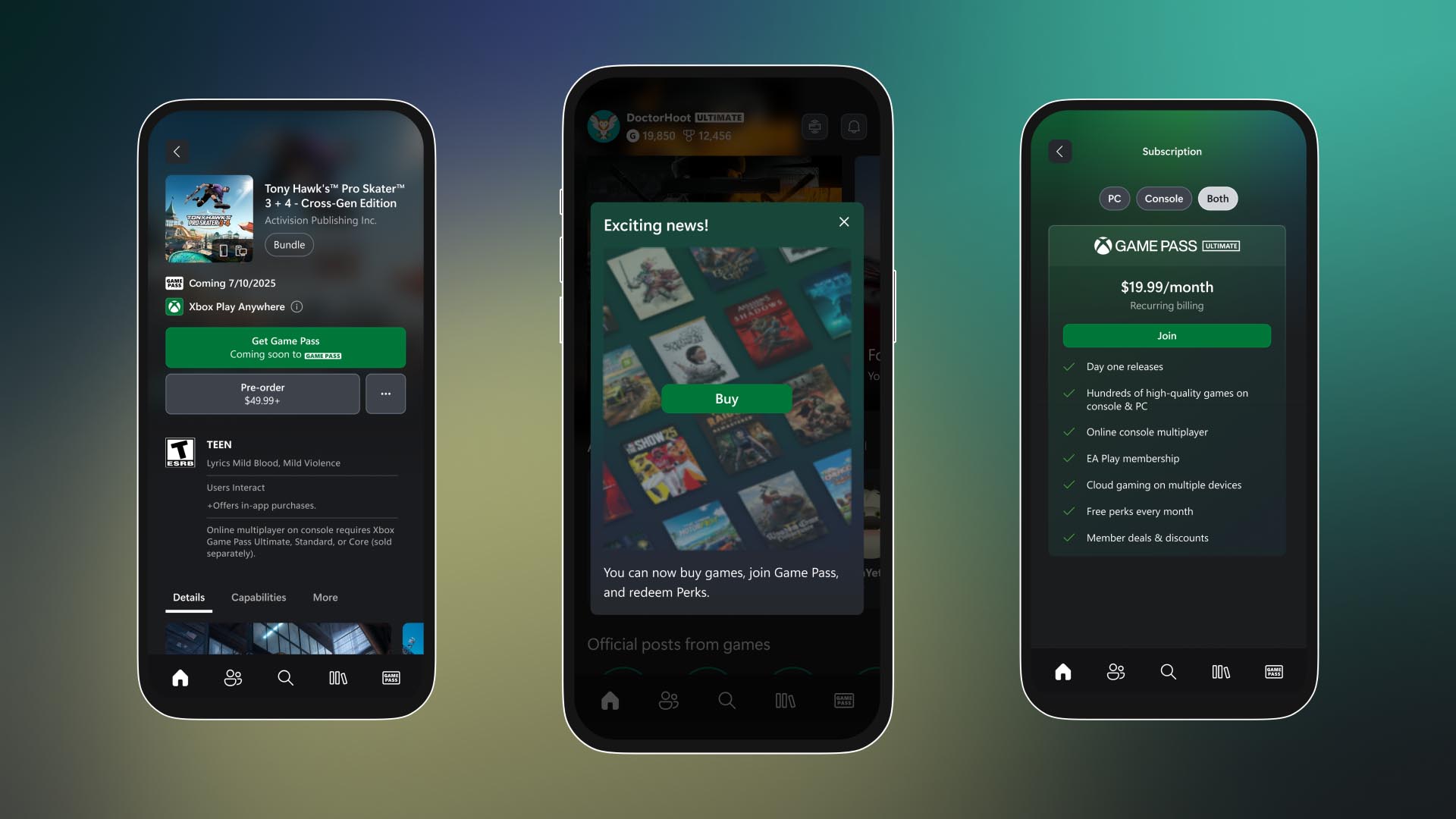








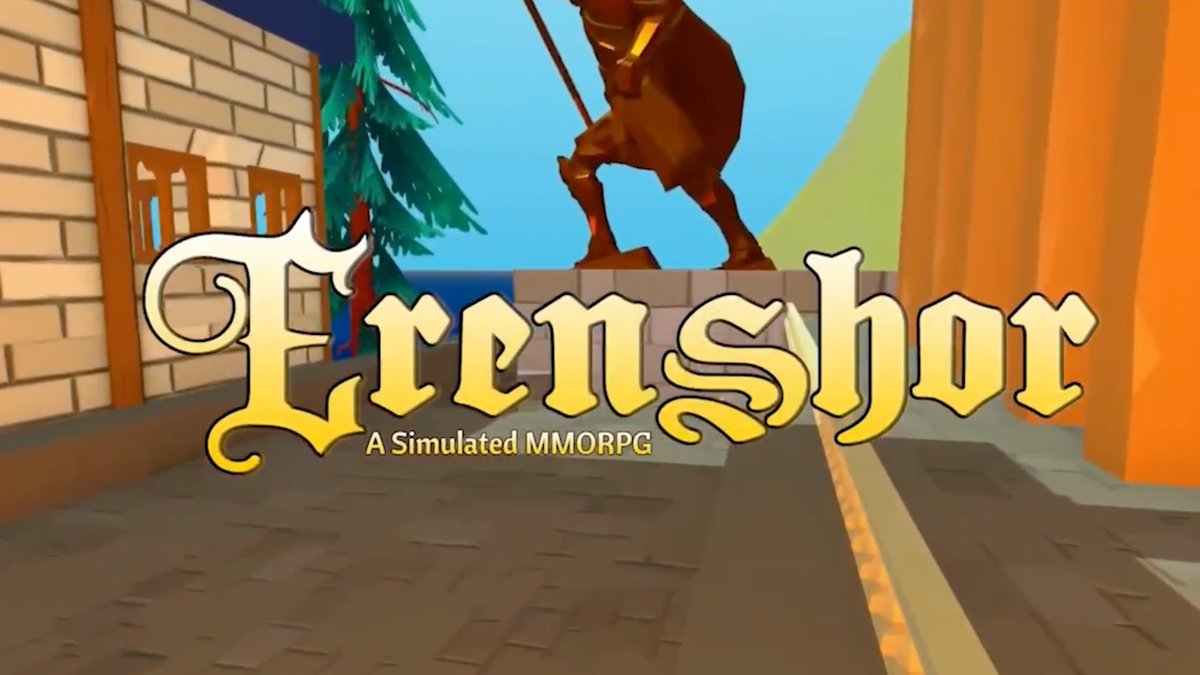






















.png?width=1920&height=1920&fit=bounds&quality=70&format=jpg&auto=webp#)





















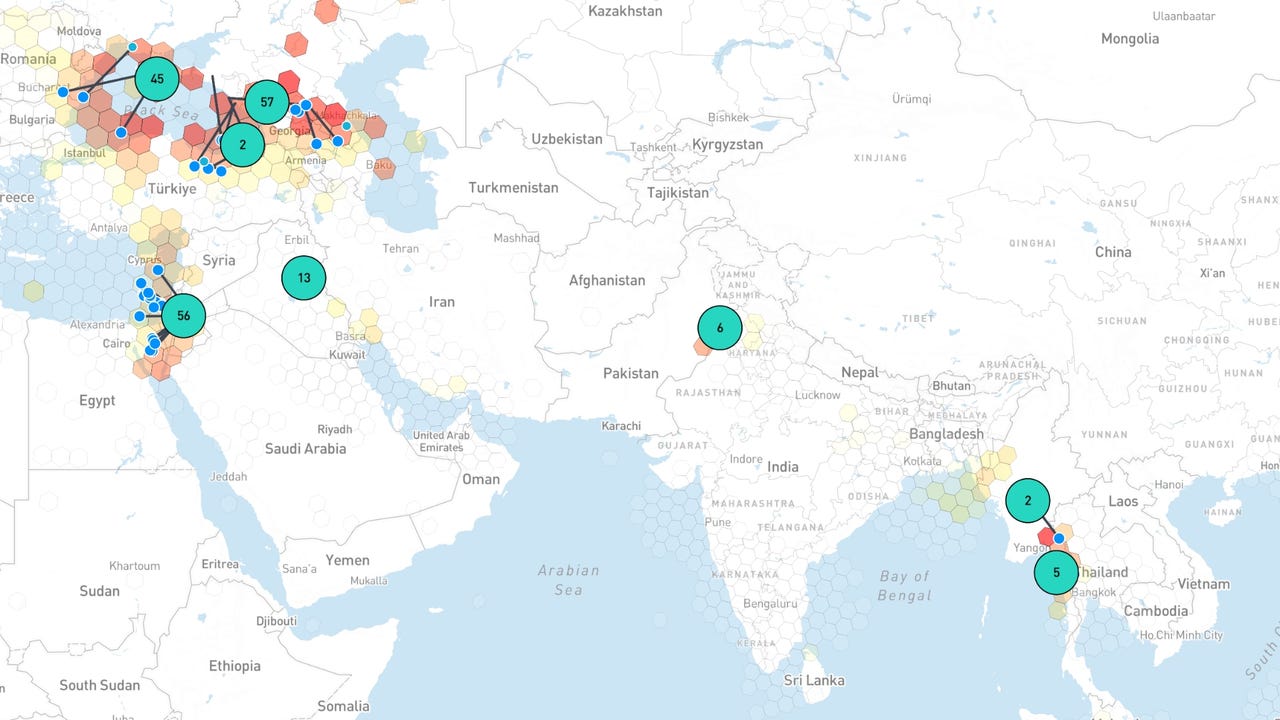






































































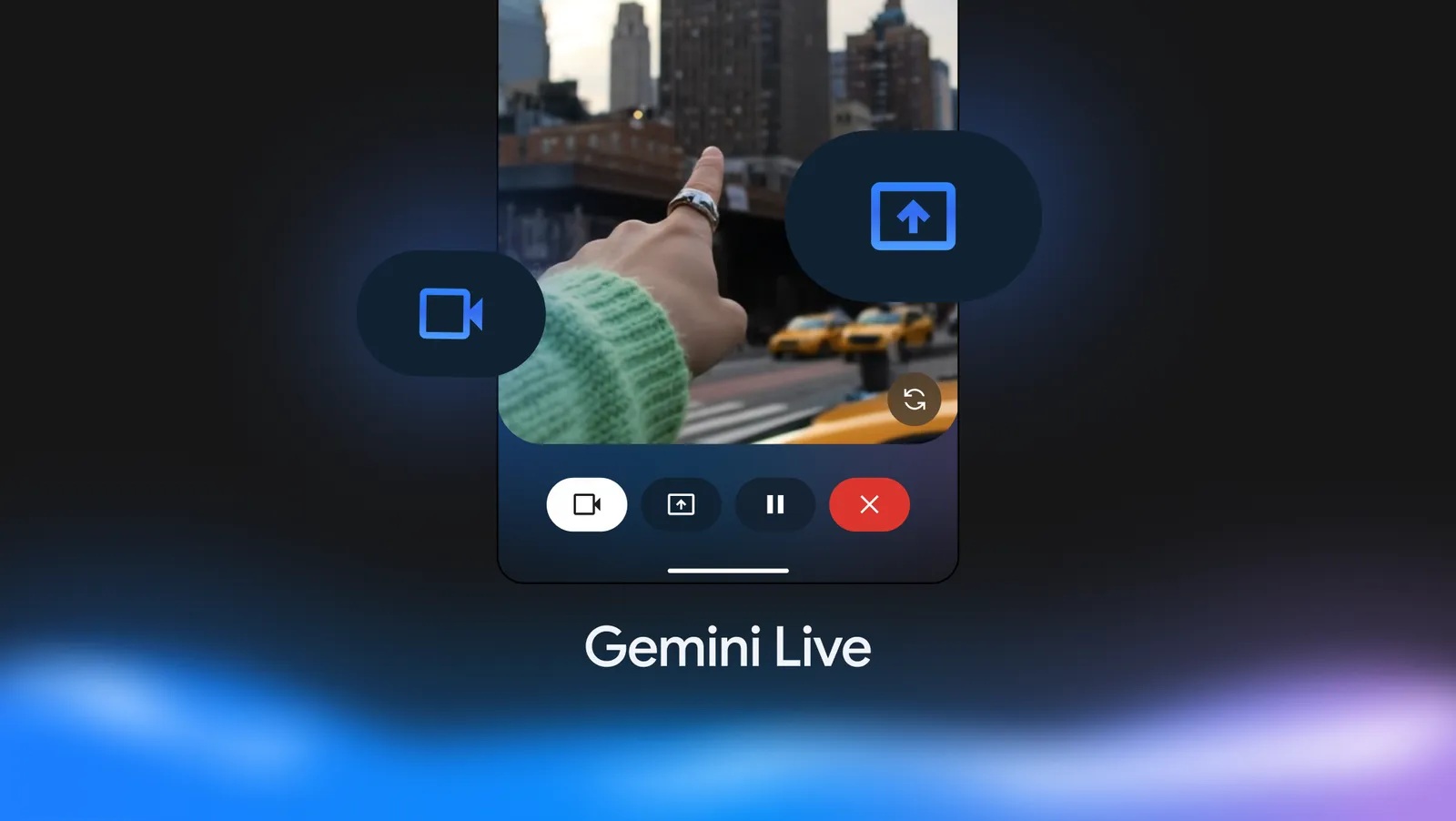












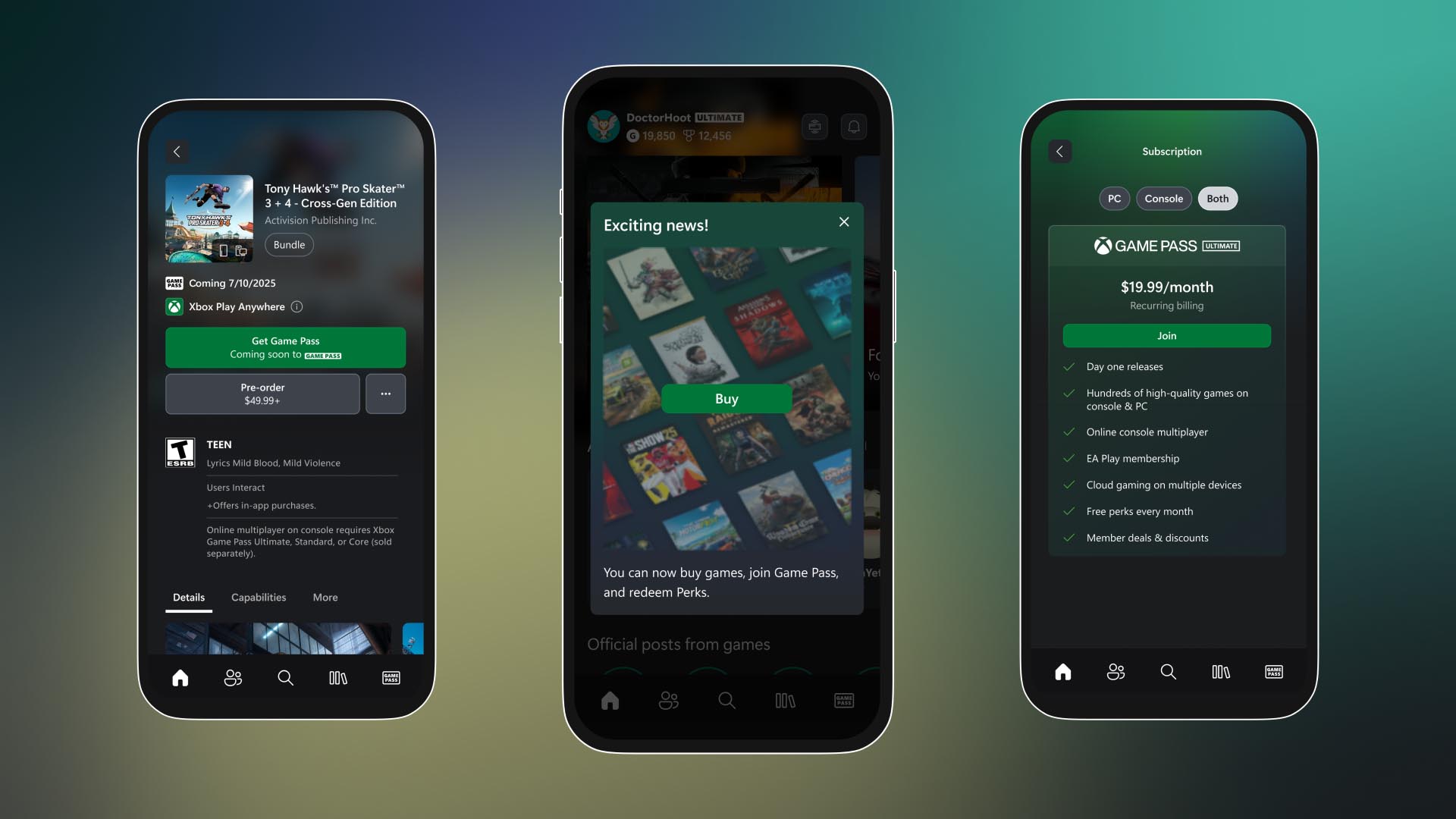



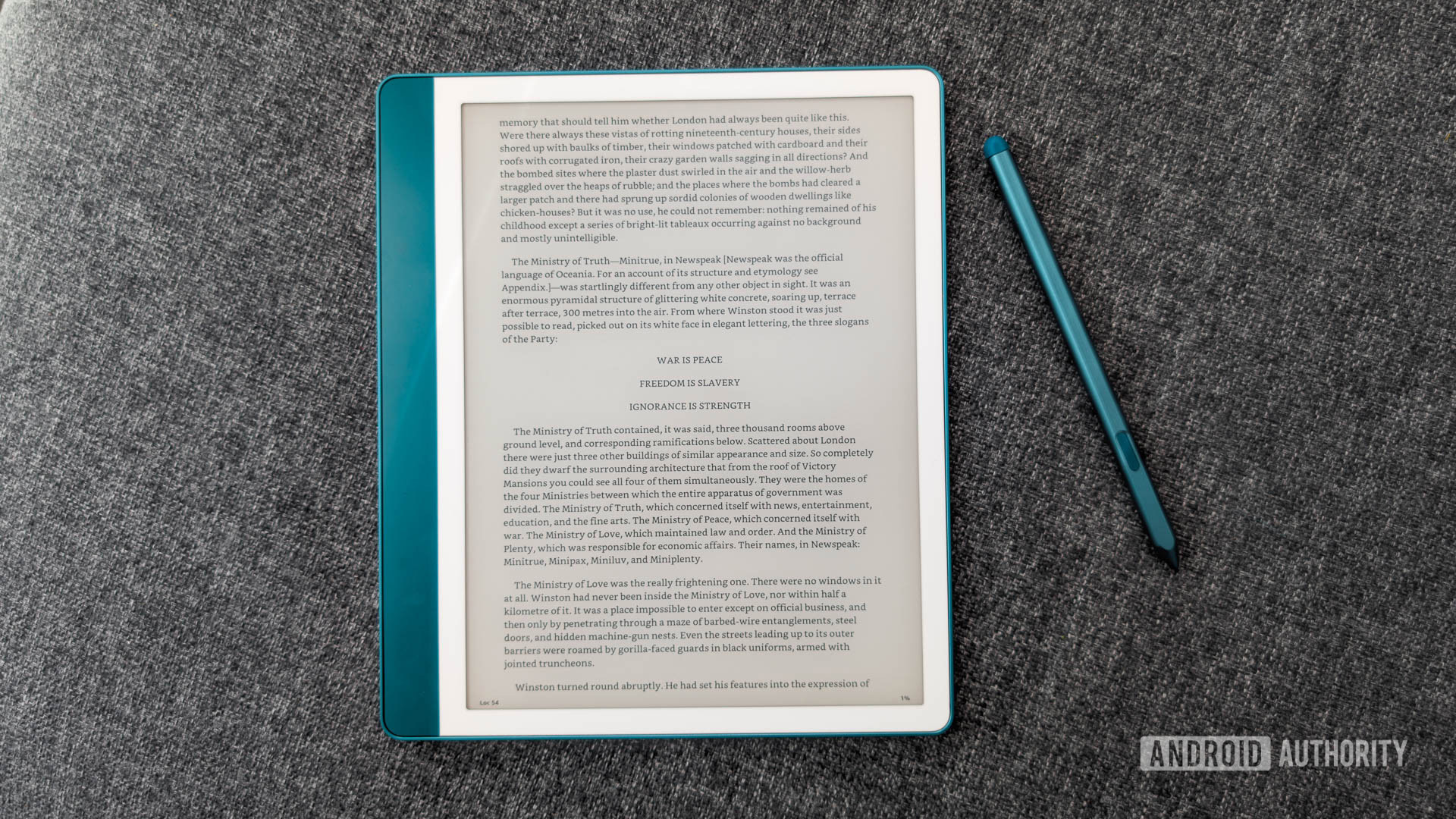


















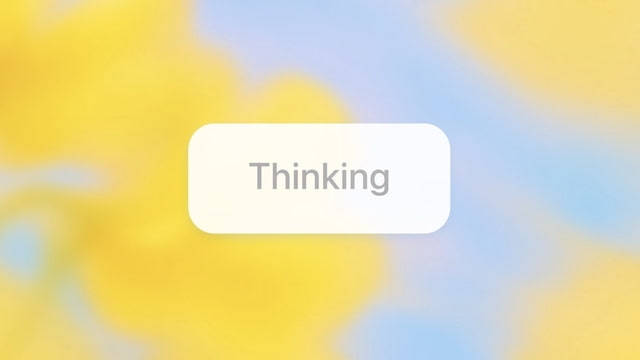
![Apple M4 13-inch iPad Pro On Sale for $200 Off [Deal]](https://www.iclarified.com/images/news/97056/97056/97056-640.jpg)
![Apple Shares New 'Mac Does That' Ads for MacBook Pro [Video]](https://www.iclarified.com/images/news/97055/97055/97055-640.jpg)

















